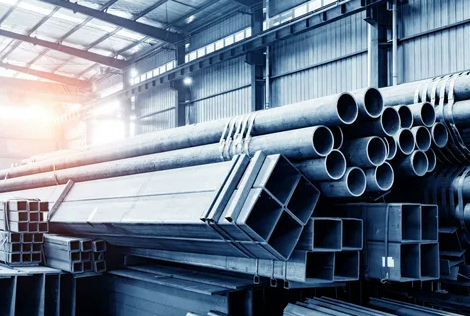Australian mining giant BHP released its economic and raw materials forecast for August 2025, which emphasizes the stability of demand for bulk raw materials, despite uncertainty in world trade. Political shifts, tariffs and industrial interventions determined the year, influencing trade flows and investment decisions. Nevertheless, the demand for iron ore, steel coal and steel remains strong, especially in developing markets.
Ruda Ruda market: the target indicator of 305 million tons
In the first half of this year, the price of iron ore was relatively stable compared to the first six months of the previous year. Recently, the market has been supported by the increased speed of the blast furnaces in China and several interruptions in iron ore supply, including the impact of weather on sea supplies and the expanded impact of safety inspections on Chinese internal iron ore mines. This led to a reduction in iron ore reserves in large Chinese ports. Due to the fact that in the near future it is expected to normalize sea supplies, it is expected that port reserves in China will recover over the next year. While China's expenses for infrastructure and growing steel production in India helped to stabilize demand, new deliveries from the Simande project in Guinea and the expansion of the Brazilian capacities can exert further pressure on prices.
Meanwhile, BHP confirmed its position as a manufacturer of iron ore with the lowest cost in The world, and the extraction of iron ore in Western Australia (WAIO) reached a record 290 million tons in the 2025 financial year.





